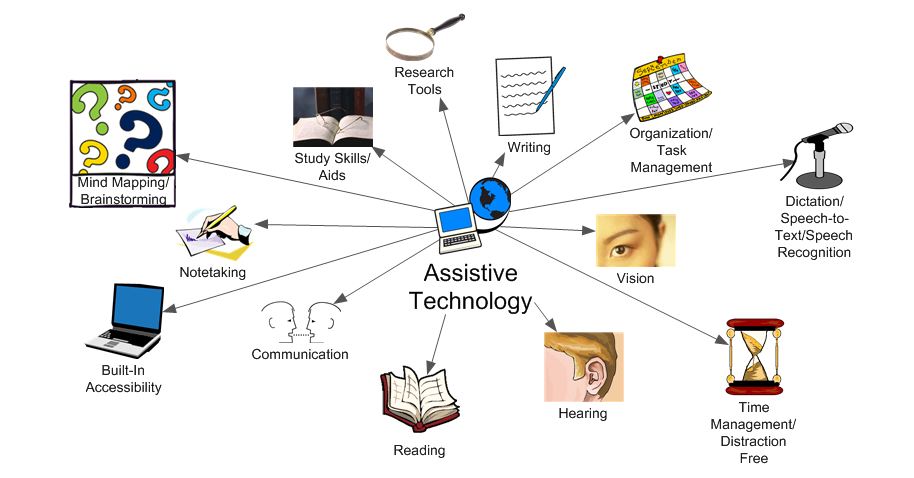
“Assistive technology isn’t new. In fact, it has been a part of the human experience for thousands of years. It is believed that eyeglasses were invented in Italy between 1268 and 1289; and, the first recorded use of a wheelchair dates back to 5th Century China.” [1]
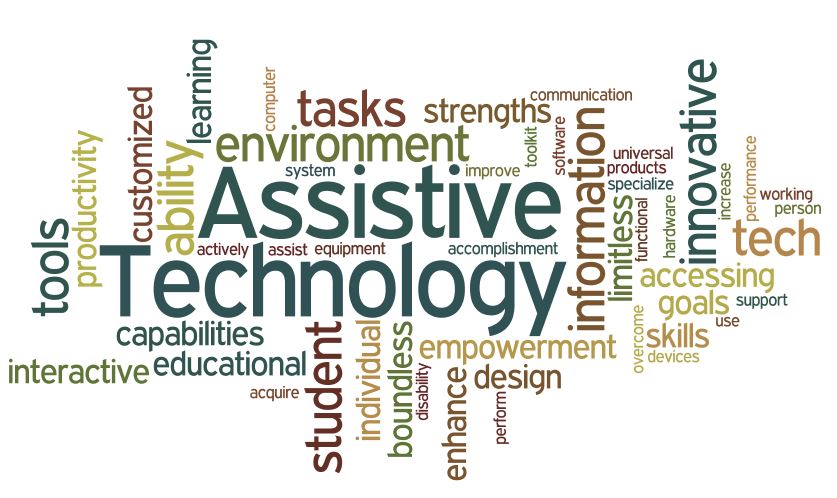
What is assistive technology?
“Assistive technology (AT) is any item, piece of equipment, software program, or product system that is used to increase, maintain, or improve the functional capabilities of persons with disabilities.
- AT can be low-tech: communication boards made of cardboard or fuzzy felt.
- AT can be high-tech: special-purpose computers.
- AT can be hardware: prosthetics, mounting systems, and positioning devices.
- AT can be computer hardware: special switches, keyboards, and pointing devices.
- AT can be computer software: screen readers and communication programs.
- AT can be inclusive or specialized learning materials and curriculum aids.
- AT can be specialized curricular software.
- AT can be much more—electronic devices, wheelchairs, walkers, braces, educational software, power lifts, pencil holders, eye-gaze and head trackers, and much more.
Assistive technology helps people who have difficulty speaking, typing, writing, remembering, pointing, seeing, hearing, learning, walking, and many other things. Different disabilities require different assistive technologies.”
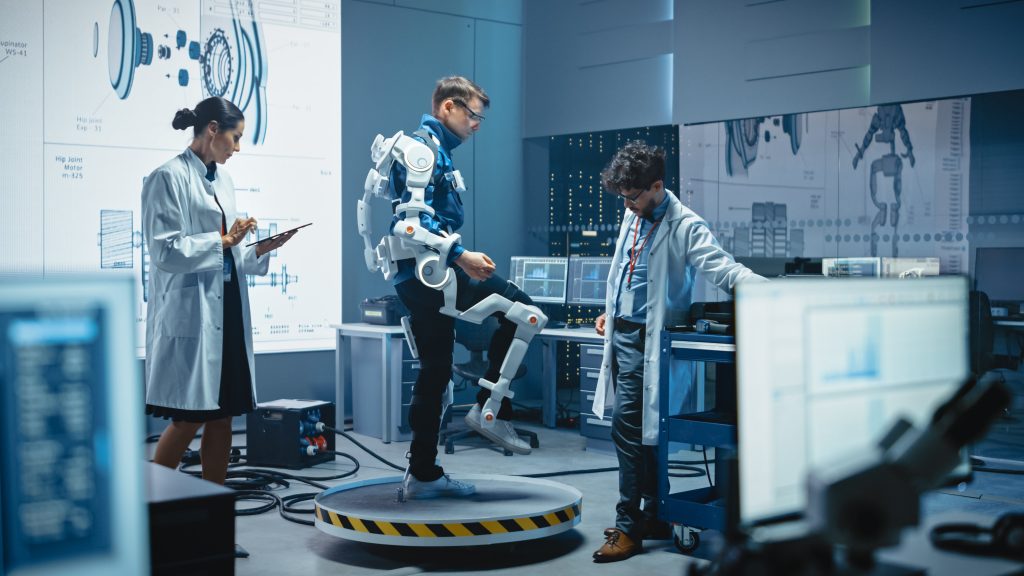
Following ten categories below to group AT solutions.
- Vision:
- magnifiers,
- talking devices such as a talking thermostat,
- Braille displays,
- screen reading software,
- text-to-speech systems using Optical Character Recognition (OCR),
- large print materials, and
- phones with large tactile buttons.
- Hearing
- personal amplification systems,
- wireless TV listening systems,
- vibrating alarm clocks,
- doorbell with flashing light alert,
- portable closed captioning system,
- face-to-face dual keyboard communication system,
- amplified telephones,
- phone with captioning, and
- mobile devices with texting or specialized apps.
- Speech communication
- voice amplification systems,
- fluency assistance devices,
- artificial larynx,
- communication boards,
- speech output software,
- symbol-making software, and
- speech generating devices.
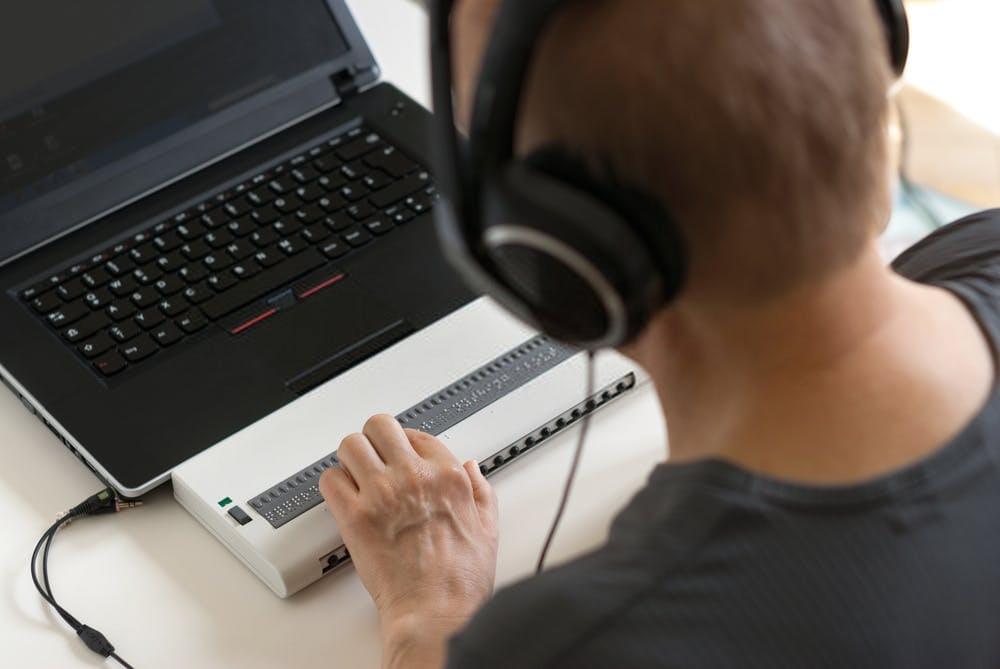
- Learning, cognition, and developmental
- memory aids,
- text-to-speech systems to support learning (not related to vision needs),
- reminder systems,
- notetaking systems,
- mobile devices with specialized apps, and
- audio books.
- Mobility, seating, and positioning
- wheelchairs,
- walkers,
- canes,
- crutches,
- scooters, and
- power chairs as well as products designed to provide postural and pressure management.
- Daily Living
- dressing aids such as zipper pulls and button hooks,
- long handle shoe horn,
- Reacher,
- adapted kitchen tools and eating utensils,
- walker carrying bag,
- wheelchair cup holder,
- book stand,
- automatic soap dispenser,
- vacuum robot, and
- switch-adapted appliances.

- Environmental Adaptations
- door openers,
- lifts,
- ramps,
- systems designed to remotely control appliances,
- electronics, and
- other products using a switch, voice or other method of activation.
- Vehicle modification and transportation
- hand controls,
- tie and lock downs for securing a wheelchair to the floor of the vehicle,
- ramps,
- lifts,
- raised roofs, and
- adaptive seat belts.
- Computers and related peripherals
- specialized software such as screen magnification software for people with low vision,
- alternative keyboards and input devices, and
- voice recognition.
- Recreation, sports, and leisure
- switch adapted toys,
- playing card shuffler,
- camera mounts, and
- adapted sporting equipment.
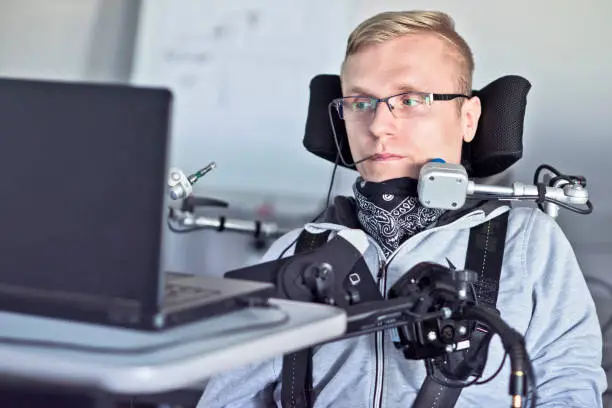
Who pays for assistive technology?
“The answer depends on the technology, the use, and the user. Many kinds of AT may cost you little or nothing, even for some very expensive items.” [2]
Who can benefit from assistive technology?
“People who most need assistive technology include:
- people with disabilities
- older people
- people with noncommunicable diseases such as diabetes and stroke
- people with mental health conditions including dementia and autism
- people with gradual functional decline.”
“Assistive technology has come a long way in recent years. From the invention of the wheelchair to Braille and the television remote, this exciting field of research and technology continues to adapt and evolve to meet the needs of individuals with disabilities. It is exciting to see the types of barriers it will remove in the future.” [4]
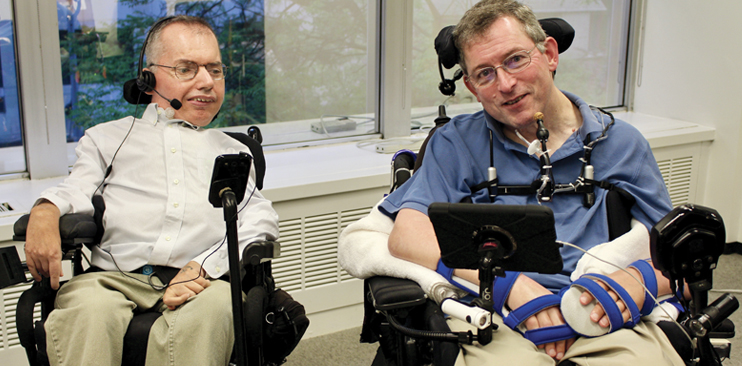
Resources
[1] https://mn.gov/admin/at/getting-started/understanding-at/types/
[2] https://www.atia.org/home/at-resources/what-is-at/
[3] https://www.who.int/news-room/fact-sheets/detail/assistive-technology
[4] https://www.accessibility.com/blog/assistive-technology-for-physical-disabilities
